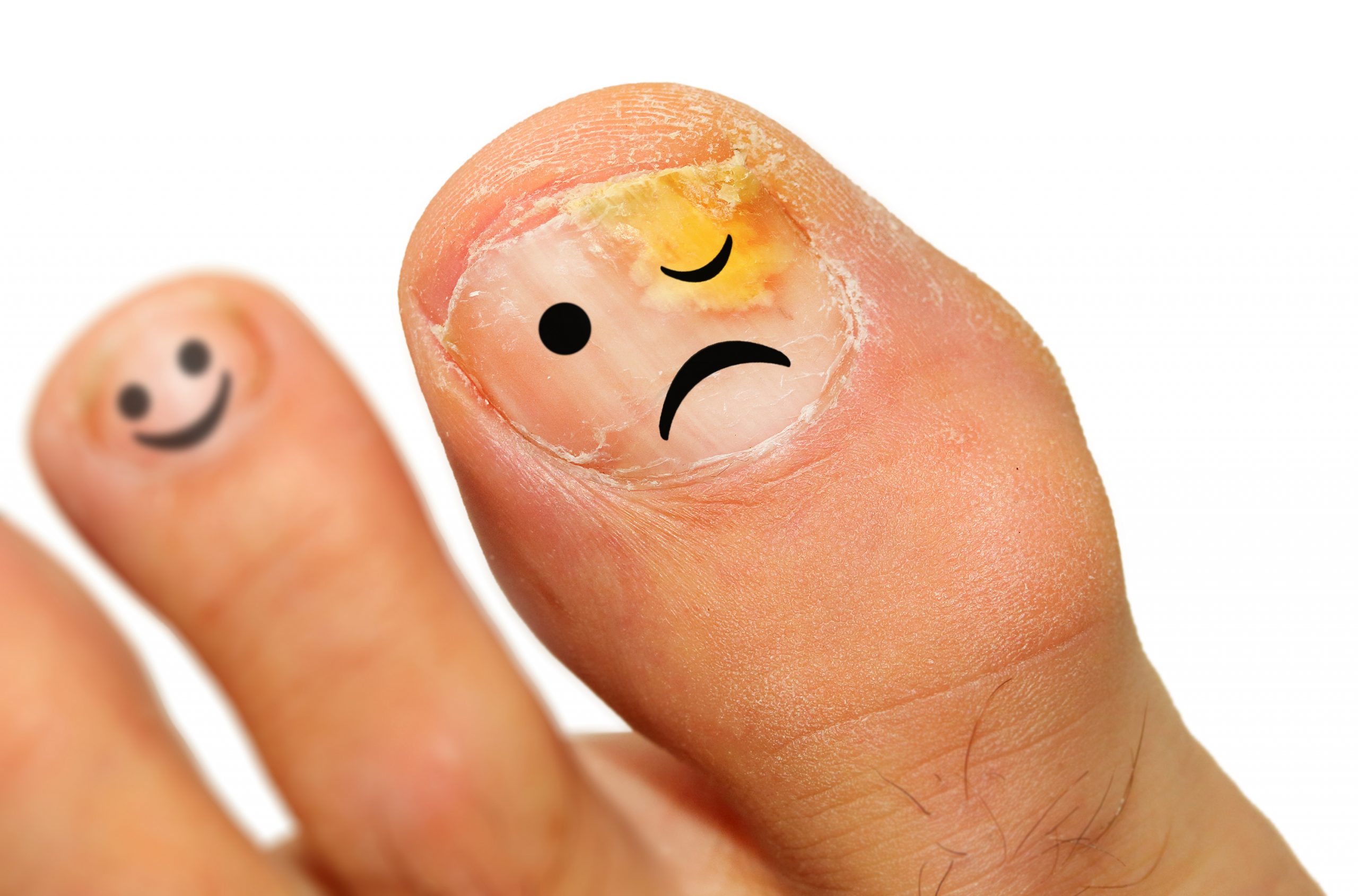Toenail fungus, also known as onychomycosis, is a common problem in adults, but it can also affect children. Fungal infections of the toenails can cause discoloration, thickening, and brittleness of the nails, and can be both unsightly and uncomfortable. It can also spread to other nails or skin, causing further infection. Here are some tips for managing toenail fungus in children:
- Keep nails clean and dry: Good hygiene is key to preventing toenail fungus. Encourage your child to wash their feet regularly, especially after playing sports or other activities that cause sweating. Make sure they dry their feet thoroughly, paying special attention to the spaces between the toes.
- Avoid sharing nail clippers or other personal items: Toenail fungus can spread easily from person to person, so it’s important to avoid sharing items that come into contact with infected nails. Encourage your child to bring their own nail clippers, and don’t share towels, socks, or shoes with others.
- Choose appropriate footwear: Toenail fungus thrives in warm, moist environments, so it’s important to choose footwear that allows the feet to breathe. Encourage your child to wear socks made of natural fibers, such as cotton or wool, and shoes made of breathable materials, such as leather or canvas.
- Treat promptly: If you notice signs of toenail fungus in your child, it’s important to start treatment as soon as possible. Over-the-counter antifungal creams or powders can be effective in mild cases, but more severe infections may require prescription medications. Be sure to follow the instructions carefully and continue treatment until the infection has cleared up completely.
- Consider preventive measures: If your child is at a higher risk of developing toenail fungus, such as if they have a history of fungal infections or have sweaty feet, consider taking preventive measures. This can include applying antifungal powders or sprays to the feet, or even using UV light therapy to prevent fungal growth.
In addition to these tips, it’s important to talk to your child’s healthcare provider about any concerns you may have. They can provide guidance on appropriate treatment options and help monitor your child’s progress. With proper care and treatment, toenail fungus in children can be managed effectively, allowing your child to stay healthy and active.





